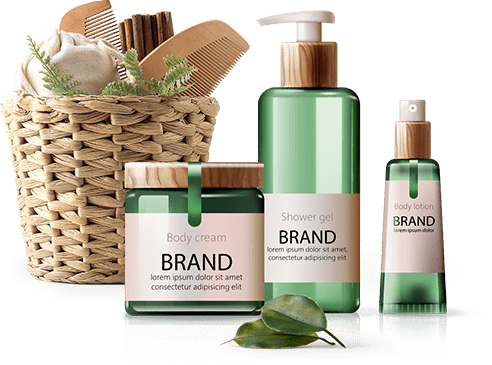Beauty and skincare trends, let's take a look at the mainstream ingredient analysis!
172024.05
Beauty and skincare trends, let's take a look at the mainstream ingredient analysis!

Pictures | Photo by Freepik
Vitamin B3 (Nicotinamide):
Niacinamide (also known as vitamin B3 or vitamin PP) is an amide compound of niacinic acid. It is a small, stable substance with a molecular weight of only 122. It is water-soluble and easily penetrates the stratum corneum. Topical niacinamide is very gentle on the skin and well tolerated. It is an essential water-soluble vitamin and a member of the B vitamin complex.
It has soothing and anti-inflammatory properties. In cold environments, it can stimulate the skin's lipid production, forming a protective barrier on the surface of the skin and preventing redness, itching, and irritation. It significantly helps strengthen the skin barrier and works with the skin's natural substances. This water-soluble vitamin is particularly effective in reducing the appearance of enlarged pores, improving uneven skin tone, smoothing fine lines and wrinkles, and strengthening the fragile epidermis.
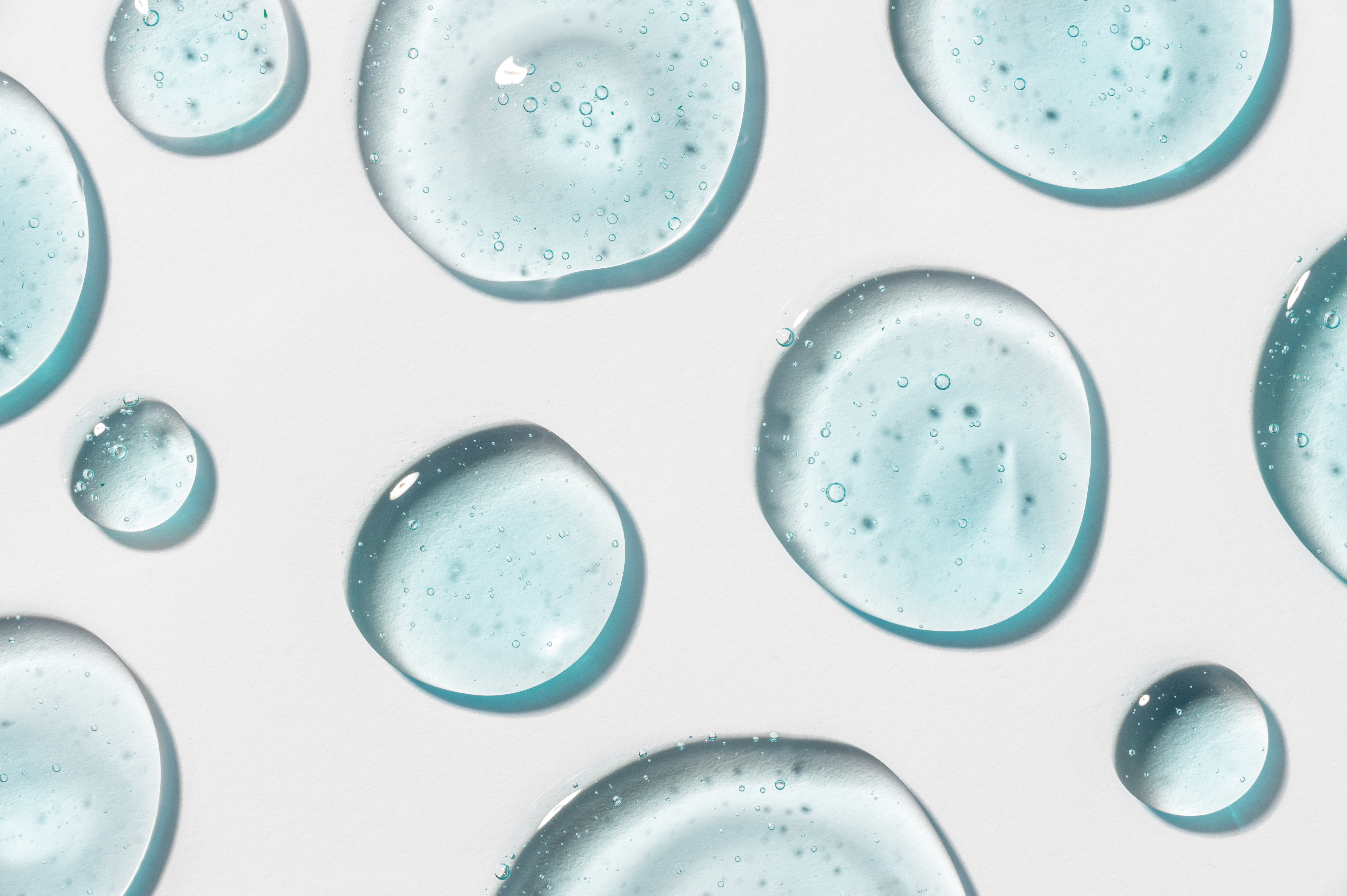
Image|Photo by Freepik
It has soothing and anti-inflammatory properties. In cold environments, it can stimulate the skin's lipid production, forming a protective barrier on the surface of the skin and preventing redness, itching, and irritation. It significantly helps strengthen the skin barrier and works with the skin's natural substances. This water-soluble vitamin is particularly effective in reducing the appearance of enlarged pores, improving uneven skin tone, smoothing fine lines and wrinkles, and strengthening the fragile epidermis.

Image|Photo by Freepik
Seaweed (large and small):
Seaweed refers to algae that grow in the ocean and are a group of photosynthetic organisms. Multicellular algae, with rhizomes and sessile growth, grow in intertidal zones or on rocky reefs. These large, visible seaweeds have diverse structural forms and are characterized by their diverse structures. Seaweed contains alginic acid and abundant chlorophyll, which increase collagen, elastin, and mucopolysaccharides, promoting skin renewal and metabolism. Furthermore, seaweed's strong water-binding capacity and highly effective moisturizing factors are easily absorbed by the skin, enhancing its ability to retain moisture and reducing the effects of aging. Its minerals and active ingredients provide energy to the skin and reduce free radical damage.
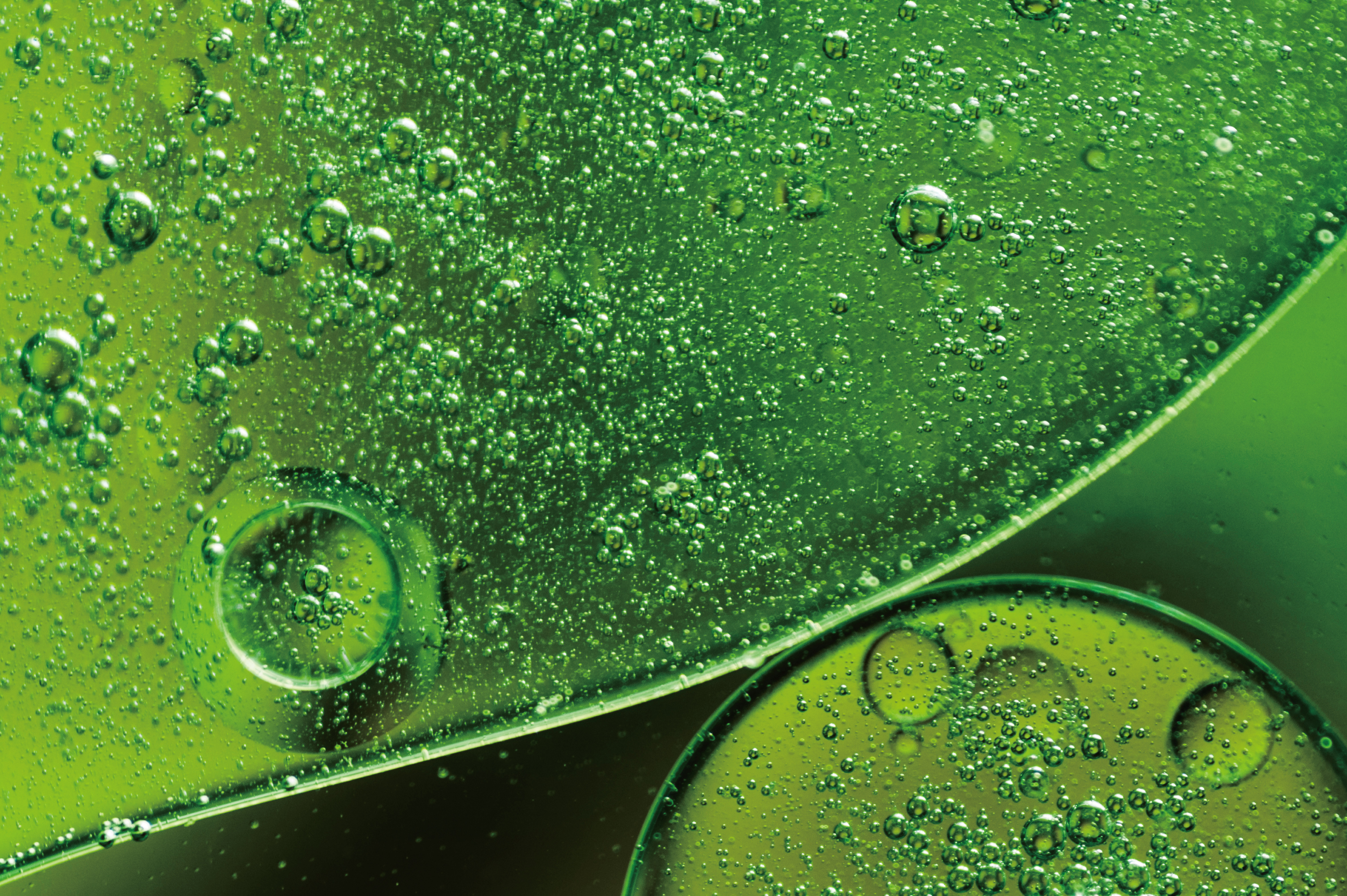
Pictures|Photo by Freepik

Pictures|Photo by Freepik
Peptide:
Collagen has a life cycle and eventually breaks down, releasing small protein fragments. These fragments are peptides. Peptides are naturally occurring small biological molecules that fall between amino acids and proteins. The smallest amino acids are the smallest building blocks of proteins and form the molecular structure of both peptides and proteins. Peptides are chains composed of 2-50 amino acids. Therefore, they are categorized by molecular size, from smallest to largest: amino acids < peptides < proteins.
The number preceding a peptide not only indicates how many amino acids it is composed of, but also has different applications and benefits for skin absorption, especially moisturizing and firming, as well as peptide anti-aging treatments:
Dipeptides primarily function to prevent glycation, maintain healthy skin structure, address chronic, silent inflammation, and effectively reduce fine lines. Tripeptides and tetrapeptides enhance skin's tolerance through anti-inflammatory properties, combating wrinkles, improving dynamic lines, repairing wounds, and firming skin's elasticity. Penta- and hexapeptides stimulate collagen production, soothing expression lines, activating and plumping the skin's base, and increasing skin's hydration for a soft and supple complexion. Octapeptides and nonapeptides effectively smooth fine lines and restore skin's elasticity and firmness.
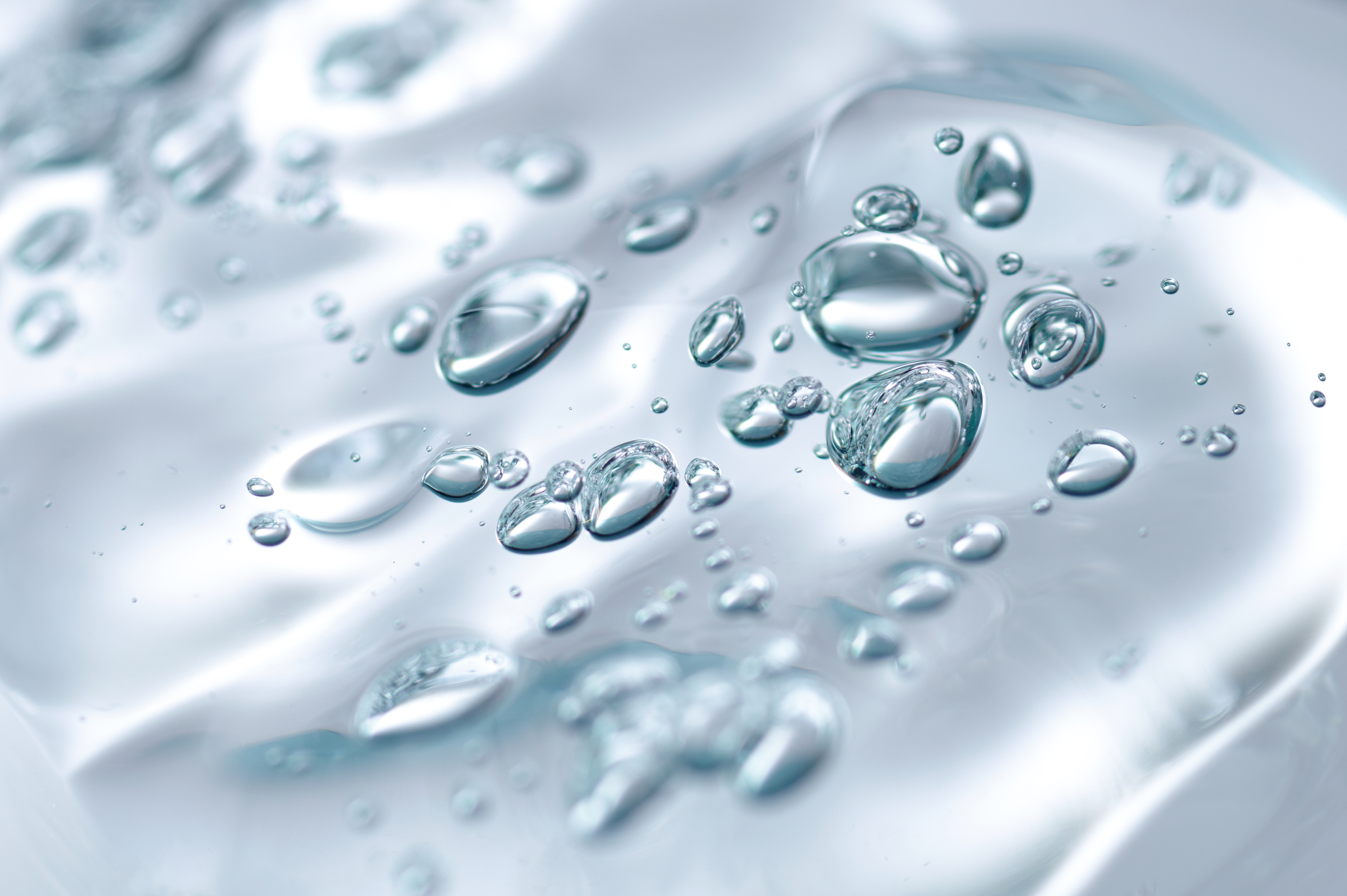
Pictures|Photo by Freepik
The number preceding a peptide not only indicates how many amino acids it is composed of, but also has different applications and benefits for skin absorption, especially moisturizing and firming, as well as peptide anti-aging treatments:
Dipeptides primarily function to prevent glycation, maintain healthy skin structure, address chronic, silent inflammation, and effectively reduce fine lines. Tripeptides and tetrapeptides enhance skin's tolerance through anti-inflammatory properties, combating wrinkles, improving dynamic lines, repairing wounds, and firming skin's elasticity. Penta- and hexapeptides stimulate collagen production, soothing expression lines, activating and plumping the skin's base, and increasing skin's hydration for a soft and supple complexion. Octapeptides and nonapeptides effectively smooth fine lines and restore skin's elasticity and firmness.

Pictures|Photo by Freepik
Squalane:
Squalane is a substance very similar to skin oils. Squalene is the precursor of squalane. Because squalene is very susceptible to oxidation during extraction, resulting in unstable results, many research companies have attempted to improve its stability and convenience by breaking the unsaturated double bonds of the oil through a hydrogenation reaction, resulting in the more stable "squalane." Squalane also has fat-like properties, offering an extremely lubricating feel. Its high moisturizing capacity effectively hydrates the skin and prevents and improves signs of aging, helping to reduce dryness and fine lines, leaving skin smoother and more elastic. Another benefit of squalane is its role as a fat-soluble antioxidant, working with other antioxidants in the skin to neutralize harmful oxygen molecules produced when the skin is exposed to UV rays. Squalane's antioxidant properties also protect skin oils from so-called lipid peroxidation, which damages the skin's surface and the pore walls where oil is present. Lipid peroxidation is also considered a key factor in acne, as it alters the composition of skin oils and causes inflammation. Squalane has a sebum-like effect, helping to lubricate the skin and making it feel comfortable. Unlike most oils that feel greasy and clog pores, this ingredient is very light and non-greasy.


Pictures | Photo by Freepik
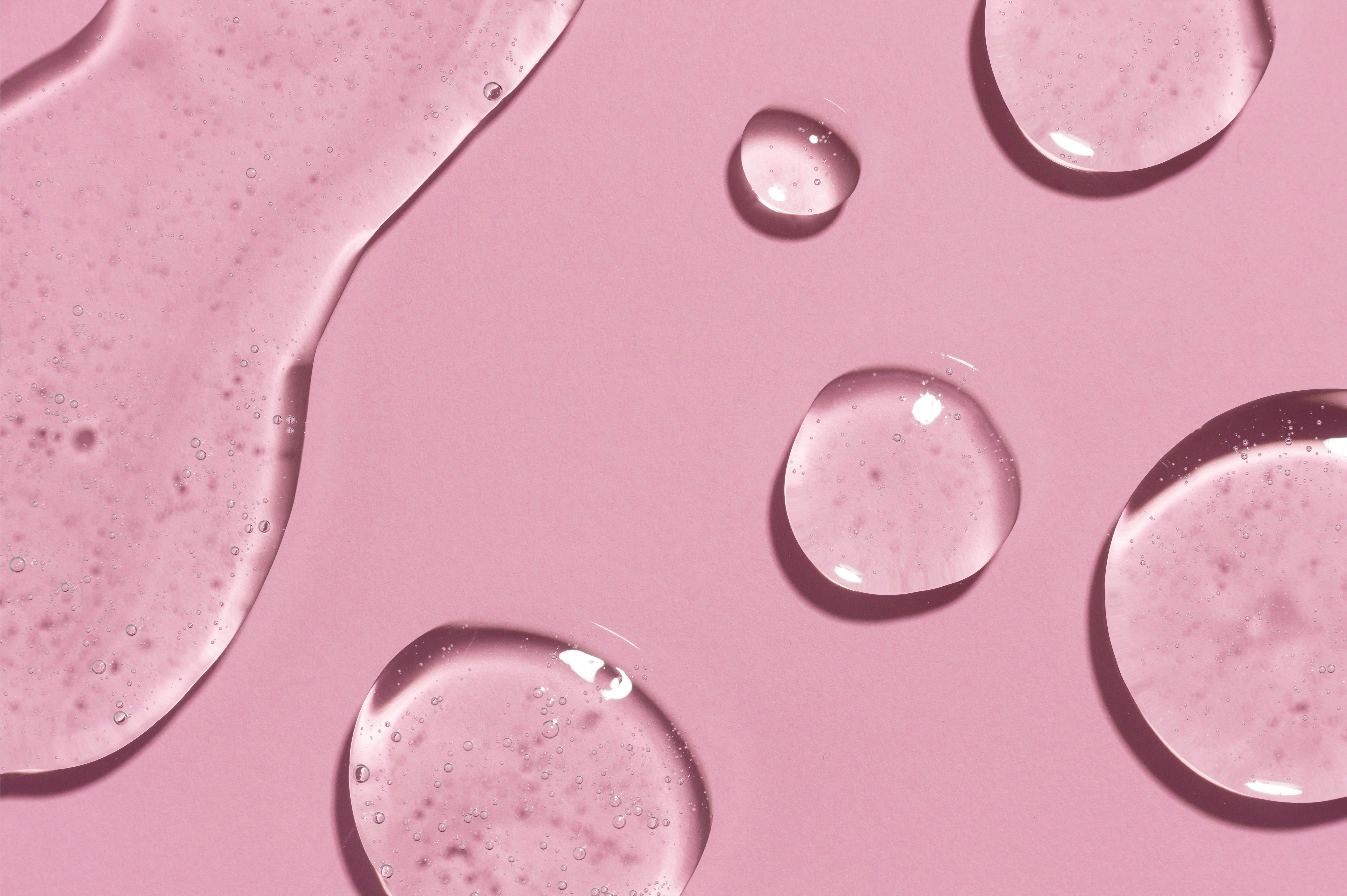
Pictures|Photo by Freepik
Maybe you would like read more:
- 3 essential key points for OEM/ODM skincare products! OEM skincare factory products and experience are crucial
- Grasping the new trend of exosomes: Applications and business opportunities of plant vesicles in skincare OEM/ODM
- Learn 3 tips for choosing an OEM/ODM factory for skincare products! Learn more about the skincare product OEM service process
- Back to skincare basics: the golden hydration combo that makes ingredients work better together
- 2025 Hong Kong Beauty Expo (Cosmoprof Asia) | Post-Expo Highlights Summary
- Say no to oily skin! Understand the root cause of oiliness and restore moisturized skin
- Hair care is ineffective? What are some NG steps that will make your hair care efforts useless?
- About Maywan, the persistence in producing safe products


